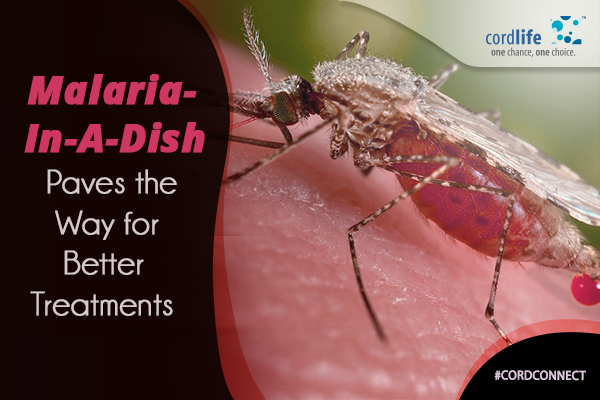A new method to examine potential antimalarial drugs and vaccines possessing the potential to treat the liver stage of malaria infection has been engineered by a team of researchers at the Massachusetts Institute of Technology (MIT) using human liver cells, derived from induced pluripotent stem cells. Malarial infection caused approximately 500,000 deaths globally every year. This innovative methodology could possibly present fresh prospects for customized antimalarial drug testing and the progress of tailor made medication to fight the condition.
Published in Stem Cell Reports, senior study author Sangeeta Bhatia, MD, PhD, the director of MIT’s Laboratory for Multiscale Regenerative Technologies and a biomedical engineer at Brigham and Women’s Hospital says, “Our platform can be used for testing candidate drugs that act against the parasite in the early liver stages, before it causes disease in the blood and spreads back to the mosquito vector. This is especially important given the increasing occurrence of drug-resistant strains of malaria in the field.”
Bites by infected mosquitoes are the reason behind the spread of malarial infection amongst humans where it finds a hospitable host for the growth of the parasites initially in the liver cells followed by the red blood cells. This is the stage where physical symptoms of the disease come forward. It has been a challenge to completely wipe out malarial infection as the parasites can stay alive in the liver and could potentially trigger a relapse by attacking the bloodstream possibly in the future. One way towards eradication of the disease would be if there are medicines or vaccines that could target the liver stage in turn blocking the parasites penetration into the bloodstream thus preventing a relapse.
Due to the limited access to the pool of liver cells and the lack of genetic variety of these human donor cells, the existing processes for demonstrating liver-stage malaria in a dish are constrained. Hence, it has been quiet difficult to investigate and develop custom designed drugs for individual patients as it is hard to ascertain the levels of genetic influences respond to antimalarial medicines.
Working towards triumphing over these obstacles, Bhatia and her team reconstructed human skin cells into induced pluripotent stem cells (iPSCs)–embryonic-like stem cells skilled at transforming into additional distinctive cell types significant for investigating a specific infection. iPSCs are, theoretically, a renewable supplier of liver cells that preserves the donor’s genetic makeup and can be produced from any human donor. These characteristics apportion a wide-ranging gamut of the human population to be a symbol of in drug screens and offer the prospect to examine individualized reactions to antimalarial drugs as well as genetic influences that control vulnerability to contamination.
The researchers contaminated iPSC-derived liver cells with numerous malaria parasites to create prototypical liver-stage malaria in the laboratory. These cells were susceptible to an antimalarial drug known as atovaquone; chemical maturation through contact with tiny molecules also made the cells susceptible to one more antimalarial drug called primaquine, exhibiting the importance of this methodology for assessing modern antimalarial drugs.
“Moving forward, we hope to adapt the iPSC-derived liver cells to scalable, high-throughput culture formats to support fast, efficient antimalarial drug screens,” says lead study author Shengyong Ng, a postdoctoral researcher in Bhatia’s lab. “The use of iPSC-derived liver cells to model liver-stage malaria in a dish opens the door to study the influence of host genetics on antimalarial drug efficacy and lays the foundation for their use in antimalarial drug discovery.”
